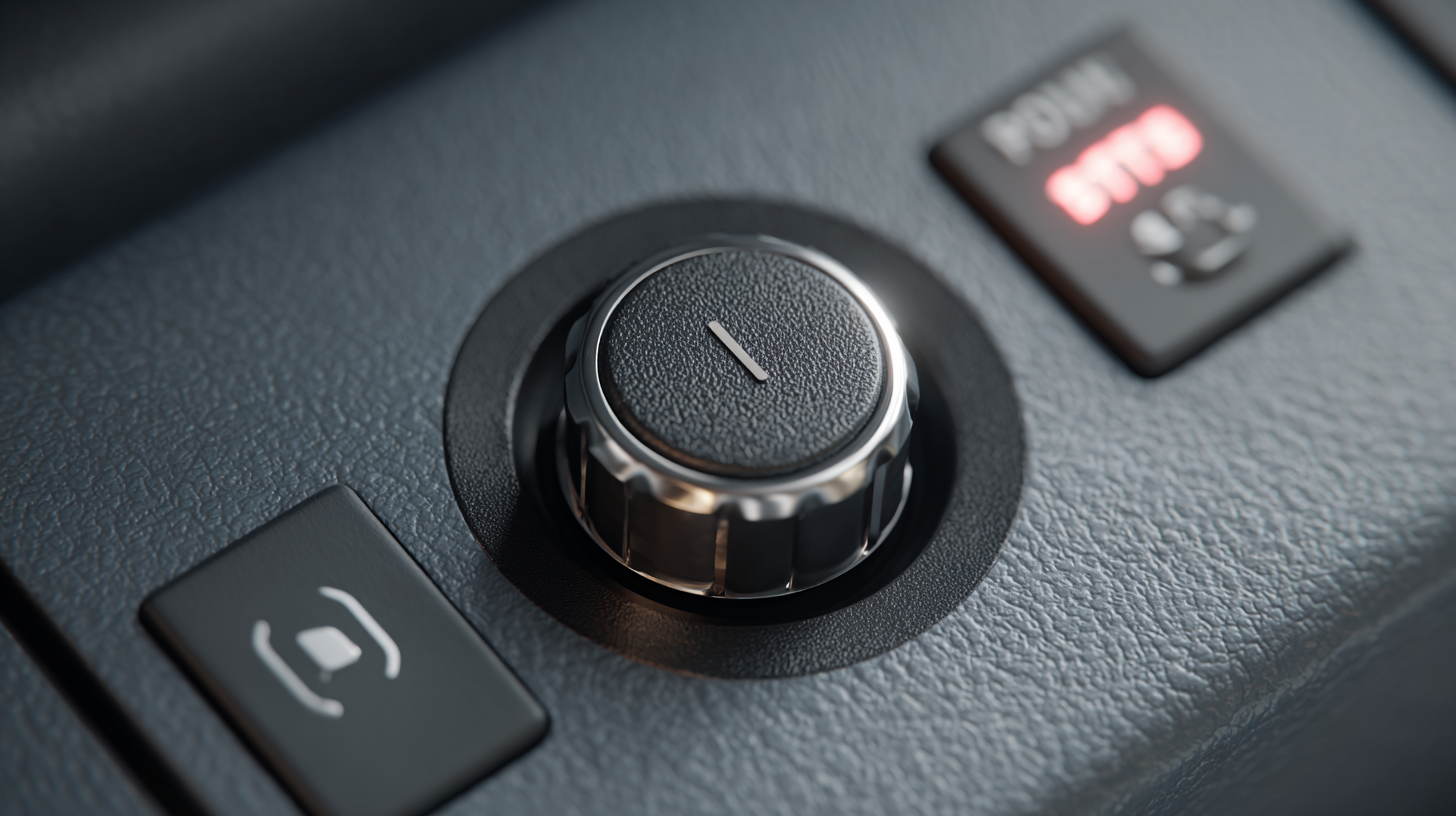15 Best Push Button On Off Solutions for Global Buyers
In today's fast-paced industrial environment, the demand for reliable and efficient control mechanisms is paramount, and the "Push Button On Off" solutions have become a cornerstone in various applications across sectors like manufacturing, automation, and telecommunications. According to a recent market report by Research and Markets, the global push button switch market is projected to reach $3.54 billion by 2026, growing at a CAGR of 4.8% from 2021. This growth underscores the critical role of push button technologies in enhancing operational efficiency and user experience. However, despite their widespread use, buyers often encounter problems such as compatibility issues, durability concerns, and varying operational standards. This blog aims to explore the 15 best Push Button On Off solutions available to global buyers, addressing these challenges and providing insight into the best practices for selection and implementation.

Top 15 Push Button On Off Solutions: A Comprehensive Global Comparison
When considering the best push button on/off solutions, it's essential to analyze their versatility and reliability in various global markets. Each product on our list has been evaluated for its performance, durability, and user-friendliness, ensuring they meet the diverse needs of consumers. From industrial applications to home automation, these push button solutions offer ease of use and effective functionality. For instance, some models are designed with weather resistance, making them suitable for outdoor environments, while others focus on sleek designs that integrate seamlessly into modern interiors.
Moreover, the global landscape demands push button solutions that adhere to international safety and quality standards. Our top 15 selections not only excel in functionality but also prioritize user safety with features such as anti-vandalism designs and intuitive interfaces. By comparing these products, buyers can find the ideal solution that blends style, safety, and efficiency, tailored to their specific requirements. This comprehensive comparison empowers consumers to make informed decisions, ensuring they invest in push button technologies that enhance their operations and lifestyle across different settings.
Key Features and Specifications of Top Push Button Switches
When it comes to selecting the best push button switches, several key features and specifications play a critical role in ensuring optimal performance and reliability. One of the primary considerations is the switch's durability and lifespan, often quantified in cycles. High-quality push button switches are designed to withstand extensive use, making them ideal for demanding environments. Additionally, factors such as the IP rating are important, as they indicate the level of protection against dust and moisture, which is vital for applications in various industries.
Another essential specification to consider is the switch’s ease of installation and compatibility with existing systems. Certain models come equipped with various mounting options, which can simplify setup significantly. Furthermore, the actuation force—the amount of pressure needed to activate the switch—can vary, and this should align with user comfort and application requirements. Aesthetic aspects, such as LED indicators or different color options, may also enhance functionality and visual appeal, catering to both practical needs and branding considerations. Overall, identifying switches that excel in these key features will lead global buyers toward the most suitable push button solutions for their projects.
Market Trends: Growth Statistics in the Push Button Switch Industry
The push button switch industry has witnessed remarkable growth over the past few years, fueled by the increasing demand for automation and advanced control systems in various sectors. According to a recent market analysis, the global push button switch market is projected to reach USD 3.9 billion by 2027, growing at a compound annual growth rate (CAGR) of 4.5% from 2020 to 2027. This upward trend reflects the burgeoning adoption of smart technologies and IoT devices, necessitating reliable and efficient user interfaces.

Performance Analysis: Evaluating Reliability and Durability of Push Button Solutions
In the realm of push button technologies, reliability and durability are critical factors influencing buyer decisions. Recent data from the International Electrotechnical Commission (IEC) indicates that products incorporating high-quality push button solutions exhibit a failure rate of less than 1% over a typical usage lifespan. This statistic underscores the importance of selecting reliable components to ensure longevity and performance in various applications.
Durability is quantified not only by the mechanical endurance of push buttons but also by their capacity to withstand environmental challenges. According to a report by the Institute of Electrical and Electronics Engineers (IEEE), push buttons designed for industrial use must endure up to 1 million cycles without degradation. Furthermore, the report emphasizes that buttons constructed with corrosion-resistant materials can withstand harsh conditions, extending their operational life and maintaining functionality in critical environments.
As global buyers evaluate their options, understanding these performance metrics is essential. The distinction between different push button solutions lies in testing methods and adherence to industry standards, such as ISO and UL certifications, which guarantee not only reliability but also safety in various applications. Adopting push button solutions that excel in these performance analyses can significantly enhance operational efficiency and reduce the total cost of ownership.
Performance Analysis of Push Button On/Off Solutions
Cost Comparison: Budgeting for Push Button On Off Solutions Across Regions
When it comes to budgeting for push button on/off solutions, understanding regional cost variations is crucial for global buyers. According to a report by MarketsandMarkets, the global smart switch market is projected to grow from $12.52 billion in 2020 to $25.43 billion by 2026, reflecting an annual growth rate of 12.6%. This surge is driven by increased demand for energy-efficient solutions and smart home automation, but the costs can vary significantly depending on the region. For instance, while North America leads the market due to advanced infrastructure, European buyers often face higher prices due to stricter regulations and sustainability mandates.

In Asia-Pacific, emerging economies are rapidly adopting these technologies, yet they still tend to offer more budget-friendly options compared to their Western counterparts. A study by Allied Market Research indicates that the Asia-Pacific region is anticipated to exhibit the highest growth rate at 15.2% CAGR during the forecast period. This difference in pricing highlights the necessity for manufacturers to adjust their strategies according to regional economic conditions and consumer preferences. For global buyers, comparing prices across these regions is more than just a cost analysis; it's about leveraging market trends to optimize their investments in push button solutions.

